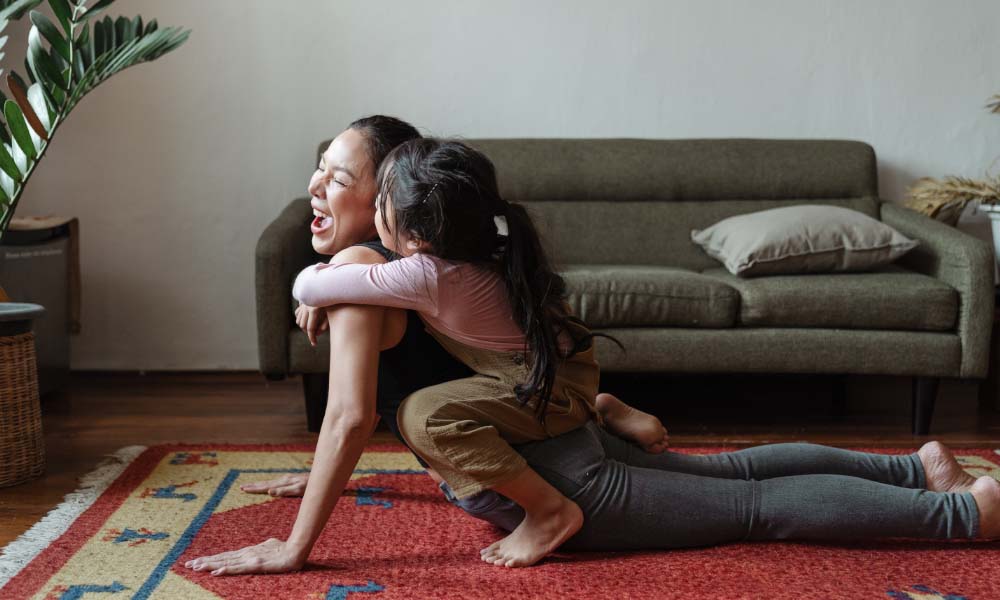If I controlled the American holiday calendar, I would nix the October 31st rule and make Halloween fall on the last Friday of October every year, regardless of the date. It's the perfect way to celebrate.
The kids won't hound us all day about putting on their Halloween costumes because they either get to wear them to school or will be forced to wait until after school to change into them. Parents have the perfect excuse to leave work early to get their little ones ready for trick-or-treating, and then the whole family can enjoy the festivities around the neighborhood without the demands of an early wake up hanging over our heads, or for some parents, the drag of a hangover pounding in their heads. (There's a growing trend of parents treating themselves to adult beverages as they escort their kids' along the candy route.)
Until I'm deputized to change the holiday schedule, though, I'll have to deal with Halloween falling on weeknights most of the time. Here are some tips I've gathered to grab Halloween by the jack 'o lantern and show it who's boss.
1 | Set your kids' expectations in advance.
Part of the fun of any holiday is the anticipation leading up to the day, so incorporate the logistical plans into your talks about costumes, makeup, and candy. What time does trick-or-treating start? How much candy will they be able to eat? What's happening the day after Halloween?
Take it a step further and describe specific words, events, or environmental cues that your kids should watch for that will signal transitions to different activities throughout the night.
- "When I get home from work and have changed into comfy clothes, you'll be able to put on your costume."
- "When we are done cleaning up from dinner, we will go trick-or-treating."
- "When it turns dark, and I say 'Time to head for home,' we will be done trick-or-treating."
- "After you've eaten three pieces of candy and watch a show, we will brush your teeth."
Identifying clues like this helps children translate the hypothetical schedule you've laid out for them into the real world, when they're engaged in the moment. It mitigates that look of shock and anguish kids tend to adopt when they're having fun and have to stop what they're doing.
2 | Go early.
Besides saving your own sanity by preempting the relentless questions like, "Can we go trick-or-treating yet?! When can we go?!" You won't feel pressure to rush through the fun to get the kids home and in bed at a reasonable time. Plus, it's safer. Halloween can feel chaotic with so many children darting from house to house. The lighter it is outside, the easier it'll be to keep track of your kids and for people driving cars to see them.
3 | Serve them a light, healthy dinner.
Whether you go trick-or-treating before or after dinner, assume that the kids will be eating candy that night. Dr. Dina Rose, of the blog It's Not About Nutrition, suggests not to worry too much about exactly how much candy they're consuming. Rather than try to fill them up with dinner, help them leave room in their tummies for sweet treats. They're going to eat them anyway.
4 | Have a candy plan.
Dr. Rose suggests that the best way to limit the amount of candy your children consume is to actually limit how much they collect. Be mindful of how many houses you visit, an especially smart tactic for school night trick-or-treating. Leave the pillowcases at home and use smaller trick-or-treating bags, so that the kids feel like they've scored a lot of loot, but actually gather a more reasonable amount.
Finally, while checking the safety of the candy they collected, have them sort through it, identifying their favorites and the things they don't like (I'm looking at you, Good & Plenty). Get rid of the unpopular candy, so that they (and you) aren't tempted to eat it just because it's there.
5 | Allow extra time to wind down and get out of costume.
Accept that bedtimes will be delayed on Halloween night due to the time spent trick-or-treating, the post-trick-or-treating candy inventory, evaluation, and consumption, and the costume changes and makeup removal.
Interestingly, while it's safe to assume that your kids will be full of energy after their trick-or-treating stint, it may not actually be due to a sugar rush. Numerous studies have debunked the idea that sugar causes kids to be hyperactive. It's the context in which they're consuming sugary treats and our perception that it will make them bounce off the walls that leads us to blame the sugar.
To help kids mentally shift gears for bedtime, stick to the rest of the usual bedtime routine, even if the timing is delayed. It'll get them to bed more easily… well, a little easier… it'll eventually get them to bed.
6 | Organize for the next morning.
Step up your usual nighttime routine to prep for the next day and give everyone a few extra minutes of rest in the morning. Do homework before trick-or-treating. Pack lunches and backpacks that night, and even let your kids sleep in the clothes they'll wear to school. They'll feel like they're getting to wear another costume, and you'll be one step ahead for the morning.
7 | Plan for a pumpkin detox.
If possible, keep the schedule for November 1 low key. Chances are, trick-or-treating was just one of many Halloween events in which your family participated. While that's a great way to spread out the excitement of the holiday and take the pressure off trick-or-treating as being the major event, it can also lead to Halloween fatigue. Give everyone some time to relax and get ready for the turkey indulgence that's coming at the end of the month.
It's only just beginning. Enjoy, and good luck!



